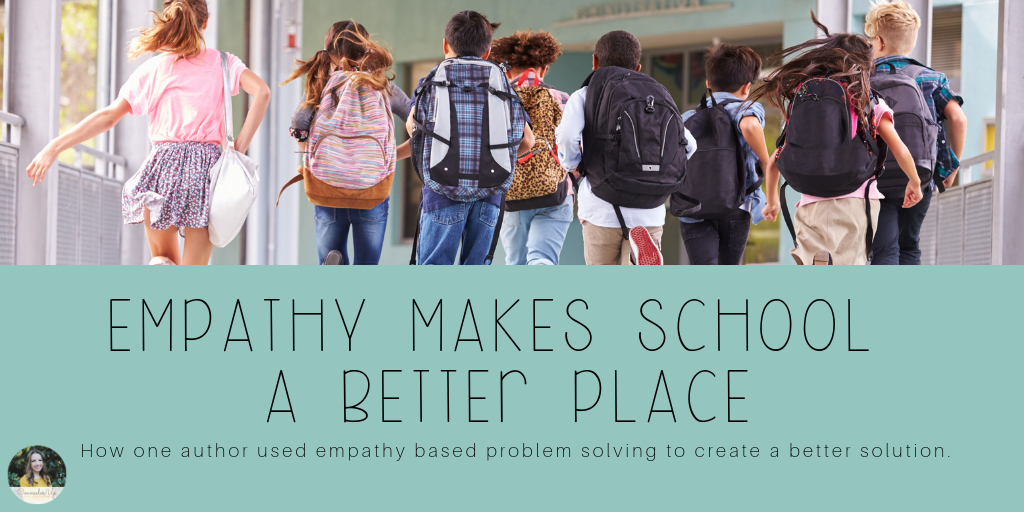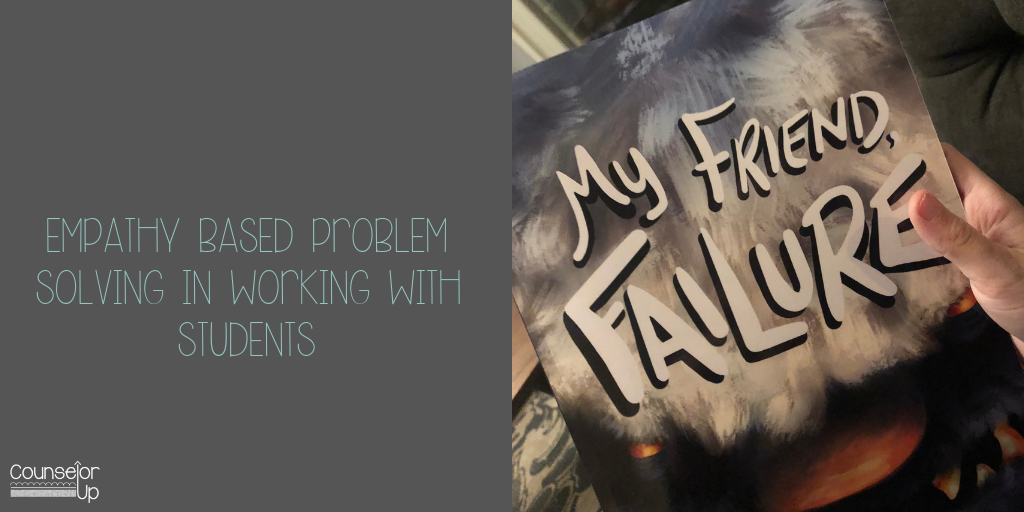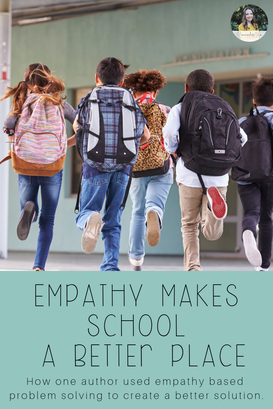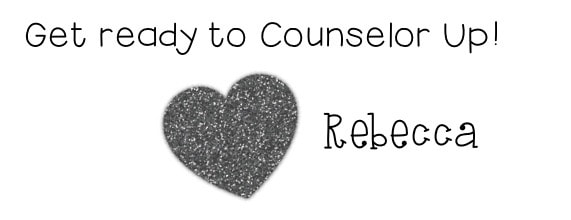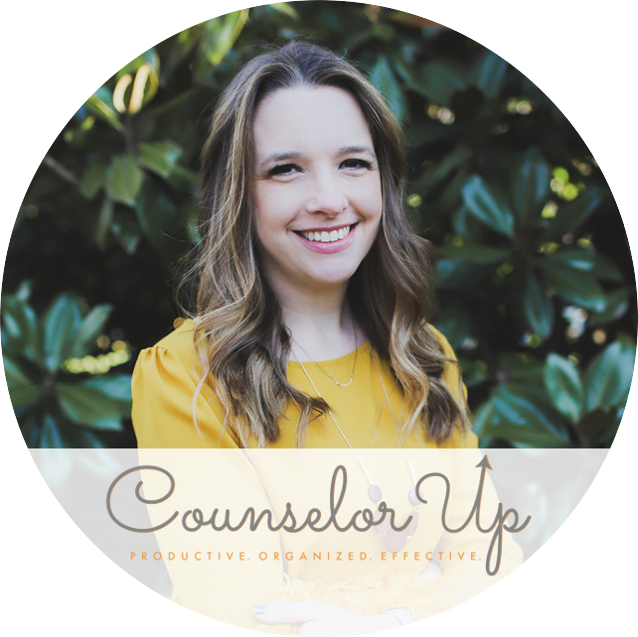Anthony works for an innovation consulting firm called Peer Insight, where he practices empathy-based problem solving every day. Prior to his consulting experience, Anthony honed his writing and storytelling skills as a congressional speechwriter. In his free time, Anthony loves pushing his writing and storytelling to their limits with new book concepts. He lives in Washington, D.C.
This post will share examples of how empathy-based processes have been used to solve challenges in education, from redesigning the K–12 learning experience for a growing network of schools to creating a new kind of children’s book. It will also provide some tips on how you can start using this approach today.
“We spend a lot time designing the bridge, but not enough time thinking about the people who are crossing it.”
Teaming up with world renowned empathizers and designers, the Peruvian school system first learned about other school models around the world that scale well. What’s important to note here is that the team looked at other successful examples for inspiration. You should absolutely do the same as you try to tackle your problem. Another key point is to look outside to see how other smart, empathetic people have solved similar problems.
Throughout the project, the designers also collaborated with teachers and students to co-design potential solutions. This meant speaking to teachers and students to learn what wasn’t working well in the current school system and what was. By identifying the teachers’ and students’ most painful problems, the designers could focus on creating solutions for well-defined, meaningful problems, not loose assumptions about the problems. This is another important practice: include the users you want to help in the problem identification and solution creation processes. This could be as simple as having a conversation about what’s bugging them and asking them to give you feedback on your ideas of a solution.
This project helped create a school system built from the ground up, based on its users’ needs. For this school system, that looks like: project-based learning in small groups with self-directed time and digital learning tools. Teachers can monitor students’ work online and offer personalized guidance. Parents can view their children’s progress online as well. The buildings were also improved to include different learning environments, like media labs, rooftop study areas, cafes, and community spaces.
What’s unique about this book is the way I worked with elementary school teachers and students to understand their needs when engaging with a children's book and then to use empathy based problem solving to create a more useful book. Here’s what the step-by-step process looked like:
- I made multiple trips to 3rd grade classrooms to observe read aloud sessions and interview students and teachers about the read aloud experience. I also spoke to individuals in each group about how they use children’s books and what’s usually missing for them in children’s books.
- I wrote a story grounded in student and teacher feedback, with hints of some of my favorite things, like science, product design, and outer space.
- I asked teachers to read this prototype story aloud to students to gauge its usefulness and ability to engage users. I asked students to draw what they envisioned when they heard the story so that we could get visual inspiration from the students themselves.
- I refined the story based on student and teacher feedback, and once a rough draft was in place, I returned to the classroom for another round of feedback.
- I edited the book further based on classroom feedback and then formatted it for publication. It’s now available on Amazon!
As these two examples illustrate, there are opportunities to apply this type of problem-solving all around us. The advantages counselors have is that they’re equipped with one of the most important inputs of the process - empathy - and they have access to all of the stakeholders likely to be involved (students, parents, teachers, and administrators). By using empathy-based problem-solving processes, you can create and implement solutions to your school’s most pressing problems...starting today!

